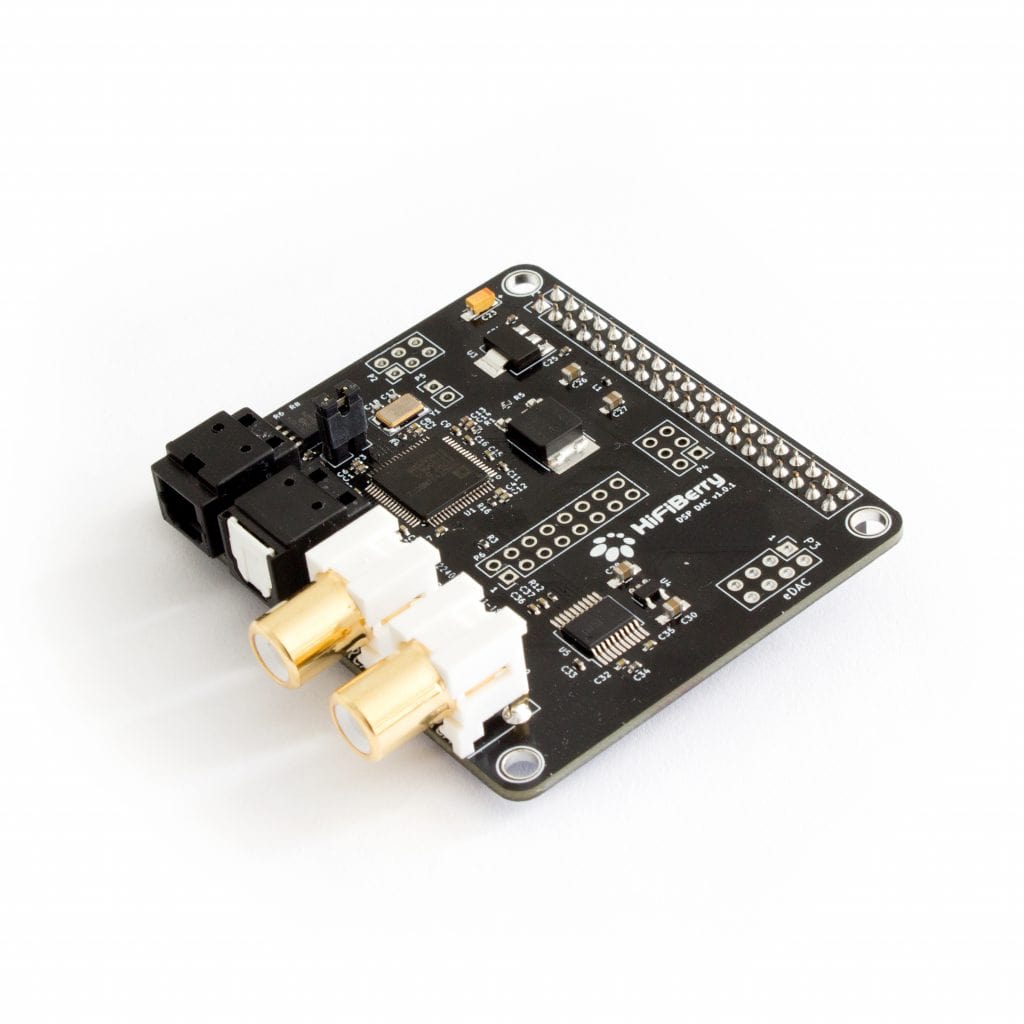First: I am definitely okay with you!

This is a safe space for us all to learn and talk and share ideas about our common interest. I am not going to bash the equipment you have. I'm just trying to give advice on what I think is important to consider when people are looking to purchase new stuff.
Room correction makes a noticeable improvement to sound quality. The ability to measure frequency response of your speakers and correct them to a target curve is also a powerful improvement to your sound quality. So when folks ask what they should look for in an integrated amplifier before they purchase one I always recommend they get something that has room correction. And when people ask what they should buy next to improve sound this is one of the top things to add that will yield real noticeable improvement.
If though, in your case, where you already have an integrated amp that doesn't have it. Then that's fine. Enjoy what you have. Just when you decide you want to upgrade, I'd put room correction/dsp at the top of your list.
Thats great that you have a subwoofer output with low pass filter. It definitely makes it a much more capable unit. If you don't have a subwoofer already then I would put that on the top of your list to purchase to make a noticeable improvement in sound. They thing you'd want to improve that particular feature if you ever decide to upgrade your amp, is a high pass filter for your main speakers. So they signals below 60hz are not being sent to the mains. That's what I consider a crossover. You have a high pass for the mains and low pass for the subwoofer. This reduces the power demands on your amplifier and reduces the distortion your main speakers will produce. Bass notes require lots of power and big woofers to reproduce without distortion. So it's good to only have those going to the subwoofer if possible.
Regarding power. My setup is about the same power wise and sounds great. If you are buying new and it's just for 2.1 I'd look for something that does 200w+ at 8ohms. There are some great measuring class D amps that are enabling 200w+ per channel with much better efficiency and lower noise and distortion. So they bar has been raised and I think the ~100w at 8ohms a/b amps are no longer the value sweet spot they were just a few years ago.

